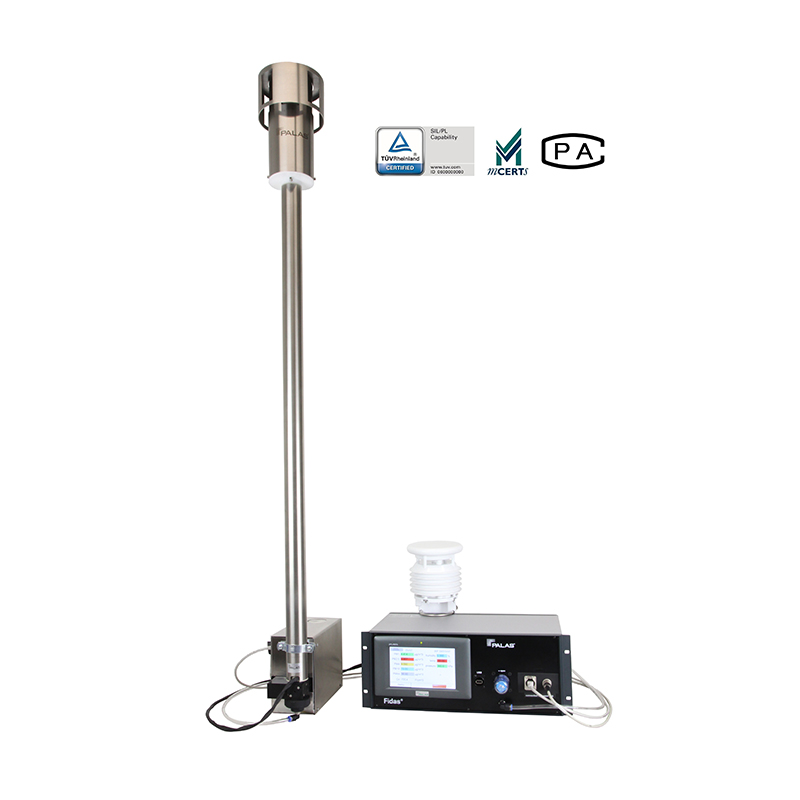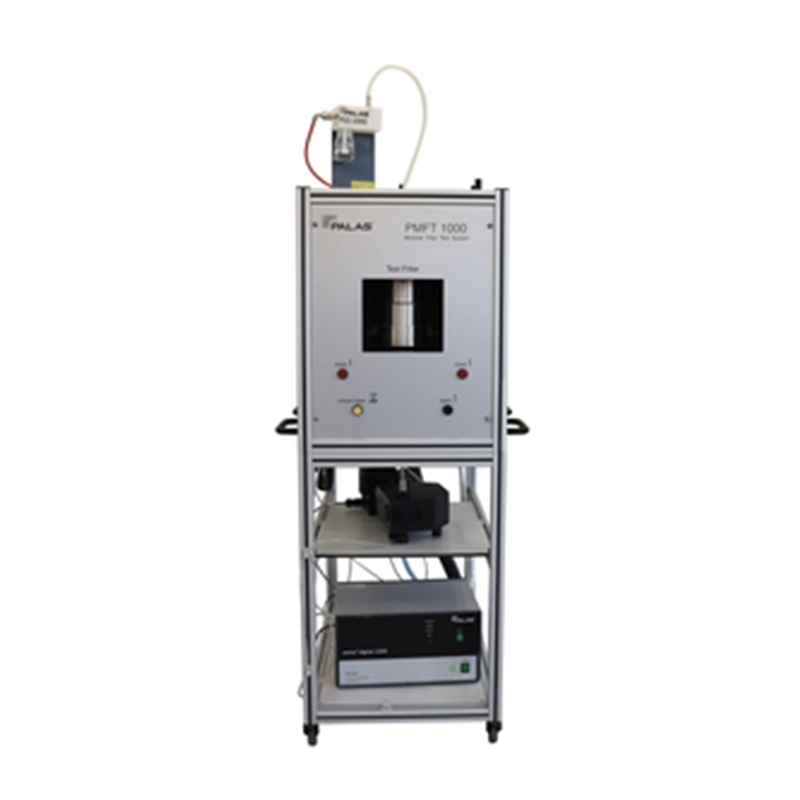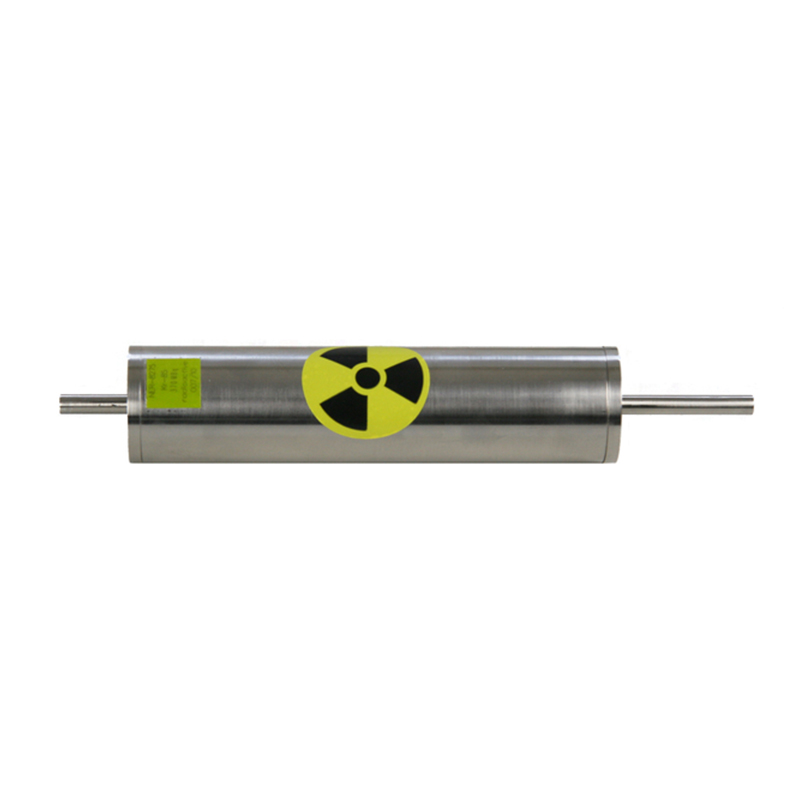Description
The KHG 10 series of heatable dilution system builds upon the VKL series ejector principle. In addition to the advantages of the VKL series, the KHG series dilution system is configured to be heatable to 150°C (optionally up to 200°C) and is additionally pressure-resistant up to 10 bar overpressure. Isothermal and isobaric dilution can therefore be achieved. With the KHG system, both the compressed air supplied and the dilution system are self-heated.
The welas® KHG 10 series of dilution systems can reduce the concentration of aerosols by the dilution factor 1:10 under isothermal conditions, also of very highly concentrated aerosols, in a defined and reliable way.
Dilution factors of up to 1:100,000 are achieved by cascading several KHG 10 systems.
Function principle of the KHG 10:
Particle-free air with the volume flow VR circulates through an annular passage around the suction nozzle. Thus, according to Bernoulli, a volume flow VAn is generated at the suction nozzle. The volume flow VR is heated to the required temperature of the aerosol to be measured using cartridge heaters, such that isothermal conditions prevail. The dilution factor VF is calculated according to the following formula:
Care has to be taken with the heatable system of the KHG 10 system that the entire measurement chain is configured to be isothermal in order to avoid condensation or evaporation effects with liquid aerosols.
Representative dilution of particle size distribution of the Palas® dilution systems by cascading
VDI report no. 1973 from 2007 proved metrologically that a reproducible aerosol dilution is possible with the Palas® dilution systems down to VF 100,000.
Simple functional test on-site (with the example of the VKL series)
With this simple test set-up, the Palas® cascaded dilution systems can be checked by anyone themselves:
Firstly a particle measurement is performed with one dilution step. Here it is important that the aerosol concentration, e.g. lab air, to be measured does not exceed the coincidence limit (maximum detectable aerosol concentration). In the second step, the dilution step to be tested is connected in series (cascaded). To check the dilution factor of the test step (position 2), the total particle count form the measurement in position 1 is divided by the total particle count from position 2.
Experimental setup
Position 1: Lab air
Position 2: Lab air
The VKL 100 serves to measure coincidence-free with the OPC; the VKL 10 is tested.
Measurement example
Calculation of the dilution factor:
Provided the first measurement is not affected by a coincidence error and the dilution system under test is working (not soiled), a dilution factor of almost 10 is determined. If this should not be the case, there was possibly coincidence in measurement 1. In this case the aerosol concentration has to be decreased or a further dilution step used. Another possibility would be that the dilution step to be tested is soiled. In this case the device has to be cleaned and the test repeated.
Table 1: Technical characteristics of Palas® dilution systems









